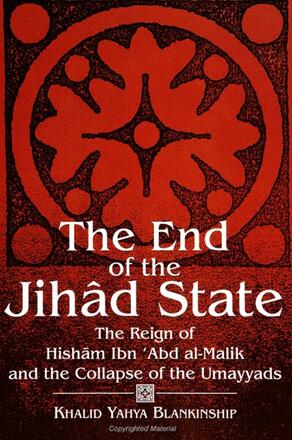
The End of the Jihâd State
The Reign of Hishām Ibn ʿAbd al-Malik and the Collapse of the Umayyads
Alternative formats available from:
Demonstrates for the first time that the cause of the Umayyad caliphate’s collapse came not just from internal conflict, but from a number of external and concurrent factors that exceeded the caliphate’s capacity to respond.
Description
Stretching from Morocco to China, the Umayyad caliphate based its expansion and success on the doctrine of jihad--armed struggle to claim the whole earth for God's rule, a struggle that had brought much material success for a century but suddenly ground to a halt followed by the collapse of the ruling Umayyad dynasty in 750 CE. The End of the Jihad State demonstrates for the first time that the cause of this collapse came not just from internal conflict, as has been claimed, but from a number of external and concurrent factors that exceeded the caliphate's capacity to respond.
Khalid Yahya Blankinship is Assistant Professor of Religion at Temple University. He is the translator of Volumes 11 and 25 of the History of al-Tabari, also published by SUNY Press.
Reviews
"The work argues a plausible theory singlemindedly but quite convincingly with full control of all of the sources, which are treated intelligently and with the proper critical circumspection. It thereby contributes greatly to the understanding of important developments in early Muslim history." -- Franz Rosenthal, Sterling Professor Emeritus, Yale University
"This is the first major book in English on the reign of any Umayyad caliph. The fall of the Umayyads and the rise of the Abbasids has been a central topic of Islamic history for three generations, but until now no one has put it all together and drawn specific conclusions for the caliphate as a whole, and no one has seen the military defeats of Hisham's reign as avoidable disasters that presaged the dynasty's fall. These are fresh insights and serve to refocus attention in a valuable way. Hisham had been thought a quite competent caliph. After reading Blankinship, people will have to reconsider. When they do, they will also have to reconsider the place of jihad in the whole Umayyad period." -- Richard W. Bulliet, Columbia University